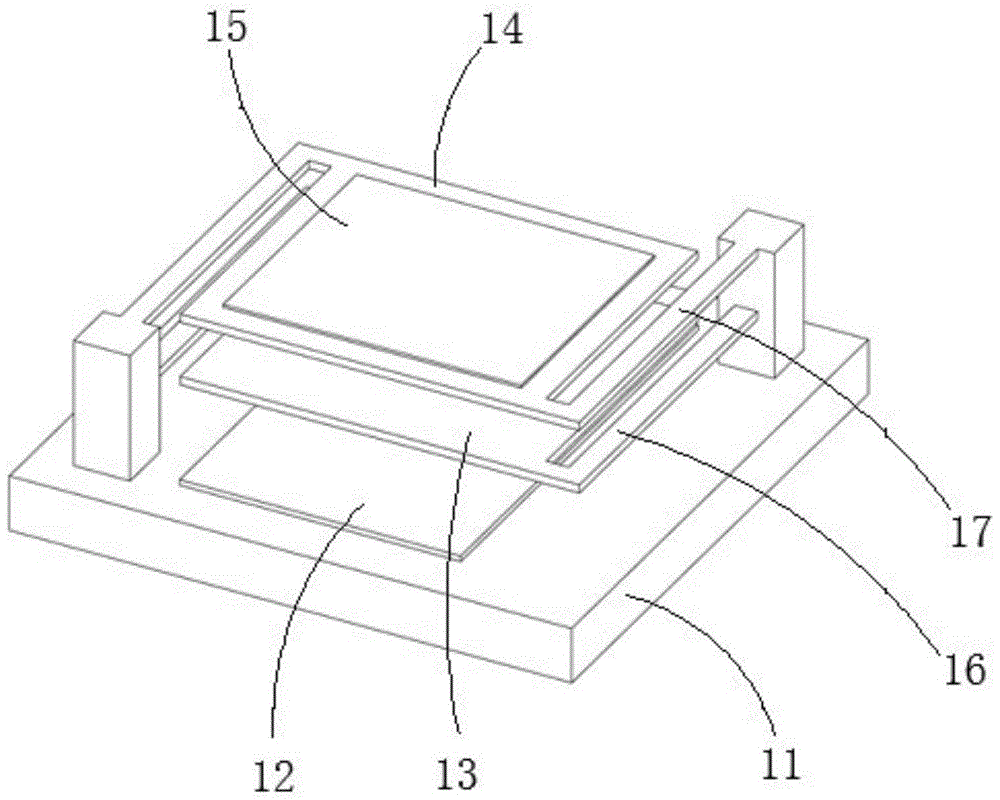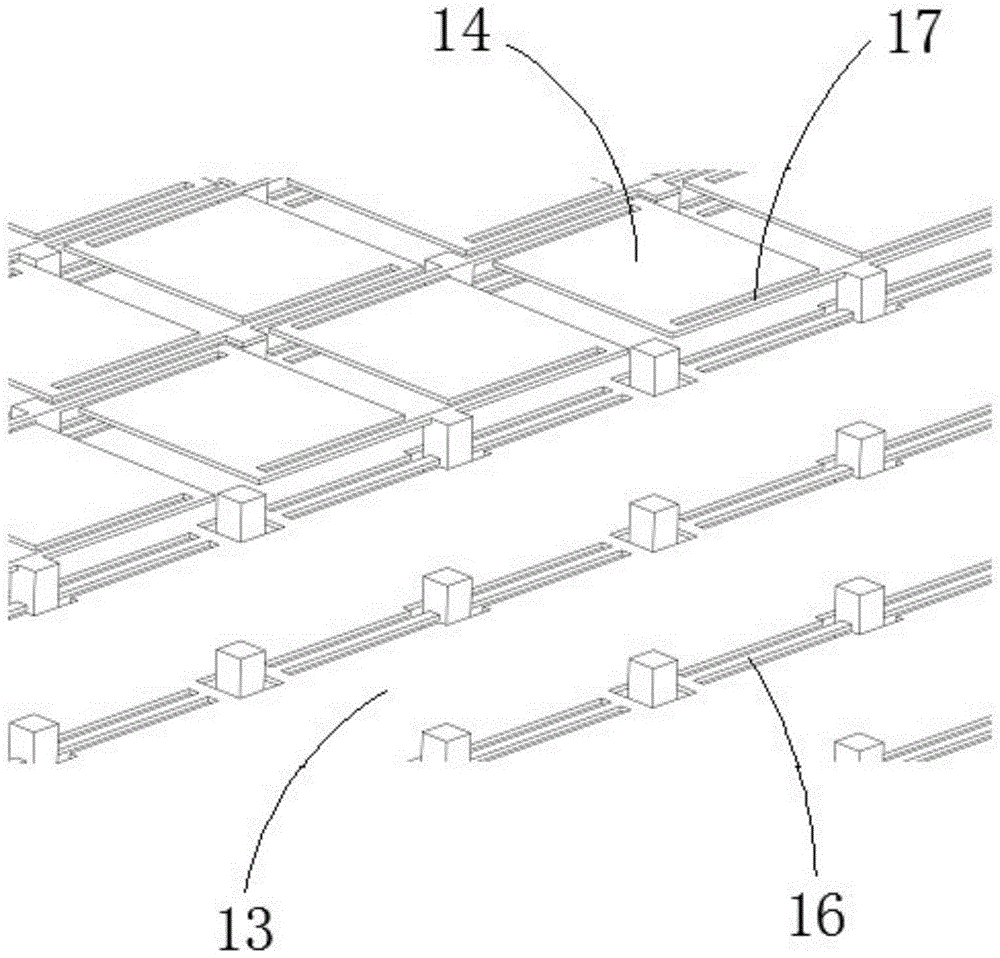Tunable micro-bolometer image element structure and image element array
A technology of microbolometer and pixel structure, applied in optical radiation measurement, electric radiation detector, radiation pyrometry, etc., can solve the problem of high electrostatic driving voltage and limitation of Fabry-Perot resonant cavity parallelism and other issues, to achieve the effect of improving parallelism, narrowing absorption bandwidth, and reducing electrostatic driving voltage
- Summary
- Abstract
- Description
- Claims
- Application Information
AI Technical Summary
Problems solved by technology
Method used
Image
Examples
Embodiment Construction
[0021] The principles and features of the present invention are described below in conjunction with the accompanying drawings, and the examples given are only used to explain the present invention, and are not intended to limit the scope of the present invention.
[0022] Such as figure 1 and figure 2 As shown, a tunable microbolometer pixel structure includes a substrate 11, a bottom electrode 12, a reflective layer 13 and an absorption layer 14, and the bottom electrode 12 is fixedly placed on the upper surface of the substrate 11 , the substrate 11 is provided with a column, the column is fixedly provided with a first support device 17, the absorption layer 14 is fixedly connected with the first support device 17, and it is located above the bottom electrode 12 , the upper end of the absorbing layer 14 is fixedly provided with a heat-sensitive material 15; the reflective layer 13 is placed between the bottom electrode 12 and the absorbing layer 14, and the reflective laye...
PUM
 Login to View More
Login to View More Abstract
Description
Claims
Application Information
 Login to View More
Login to View More - R&D
- Intellectual Property
- Life Sciences
- Materials
- Tech Scout
- Unparalleled Data Quality
- Higher Quality Content
- 60% Fewer Hallucinations
Browse by: Latest US Patents, China's latest patents, Technical Efficacy Thesaurus, Application Domain, Technology Topic, Popular Technical Reports.
© 2025 PatSnap. All rights reserved.Legal|Privacy policy|Modern Slavery Act Transparency Statement|Sitemap|About US| Contact US: help@patsnap.com



